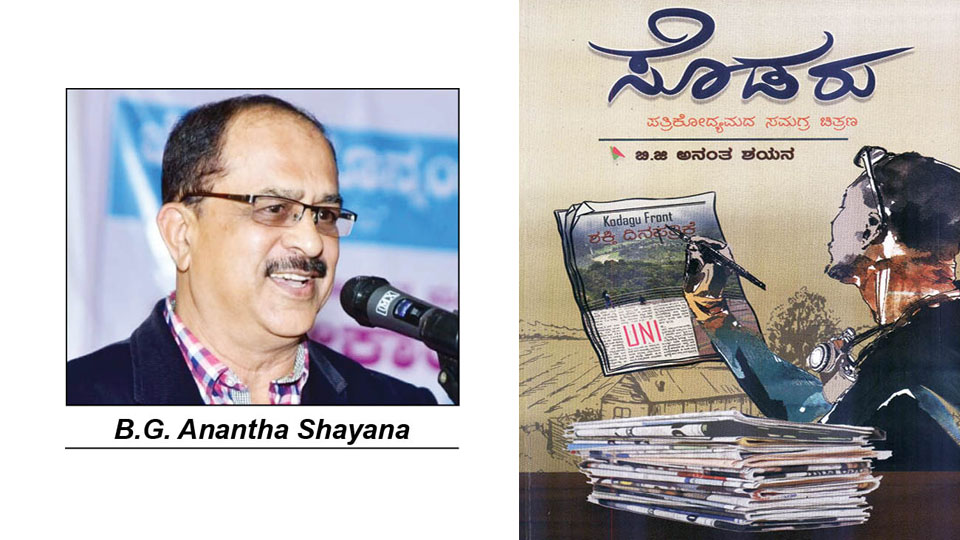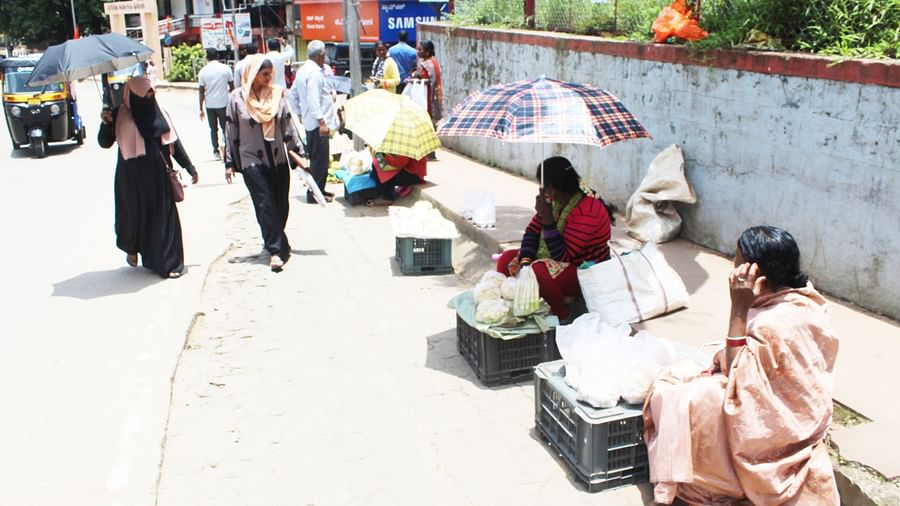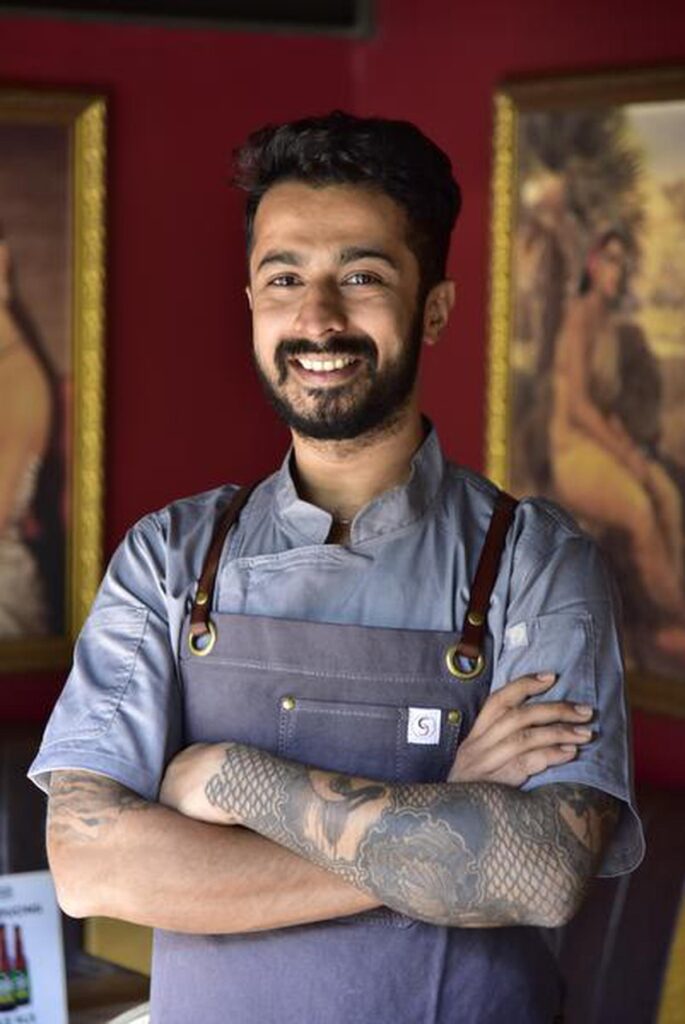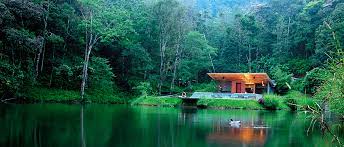
The Ibnii Coorg is a delicious little secret set amidst lush green hills.
For a region often described by locals as ‘60×40’ (measuring 60 miles by 40 miles), understandably there are few secrets in Kodagu, or Coorg. Yet, tucked around a bend just off the Suntikoppa-Madikeri road, the gates of The Ibnii open into a hidden world of its own. Literally meaning ‘dew’, The Ibnii was ten years in the making before it formally opened in February. A tree-lined cobbled driveway ends at The Kaadu, a scenic viewpoint overlooking the valley that cradles the resort.
A tree-lined cobbled driveway ends at The Kaadu, a scenic viewpoint overlooking the valley that cradles the resort. Ushered down a small wooden bridge to a lookout, we savour the view over some bella ( jaggery) coffee, traditionally served to guests in Coorg. In the distance, the four-tiered cascade swimming pool breaks the expanse of dense green in a striking splash of turquoise blue.
We linger over another cuppa and only the promise of greater comfort makes us move. A golf cart takes us to our private pool villa. In a region globally recognised as an ecological hotspot, everything about the resort is eco-sensitive. The architecture and landscape were designed without damaging local flora—all the villas and structures are built around existing vegetation and no trees were cut except dead and decaying ones. Three lakes were created on the 120-acre property for rainwater harvesting. Other green practices include a stringent ‘no plastic’ policy, vermicomposting and waste-recycling. The resort prides itself in having no room service or phone network (though wi-fi is available), encouraging guests to explore the outdoors.

On a ‘Bean to Cup’ coffee tour, we get first-hand experience of the process of coffee-making and grading of beans. The venue is Kaldi Kappee, a tranquil lakeside coffee-house named after the Ethiopian shepherd who discovered the rejuvenating properties of coffee when his goats pranced about after feeding on some wild berries. On display are coffee-grinding machines, filters and presses, as well as single-origin coffee from an all-woman village cooperative in Chikmagalur. It’s called Halli Berri!
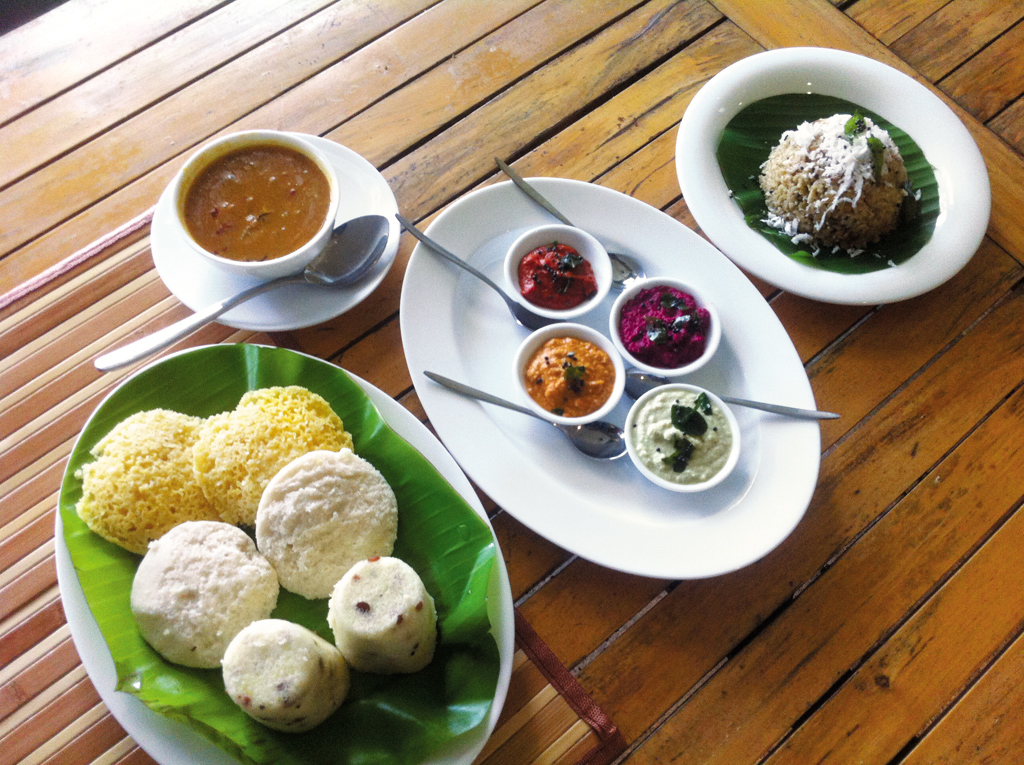
The boulangerie, tucked behind the coffee counter reveals a hi-tech interactive kitchen where baking classes are conducted. Our impromptu session sharpens our blunt baking skills and soon we are sipping cappuccinos outside, nibbling on warm crispy puffs that we kneaded and rolled only minutes earlier. Walking to the Greenhouse, an in-house garden where veggies and herbs are grown, we learn that the Ibnii’s kitchen only uses fresh hand-pounded masalas. With a lakeside yoga pavilion on the anvil, The Ibnii takes its eco-luxe tag seriously. No wonder it has already won accolades—the best eco-luxury resort in the country and the first resort in India to acquire IGBC’s (Indian Green Building Council) Green Homes Platinum Award 2017.
The next morning, following a medley of bird calls, we set off on a nature walk & birdwatching tour with our able guide, who helps us spot 45 species of birds besides sharing fascinating stories on flora like Gloriosa superba, locally called thok poo meaning ‘gun-flower’ and tracking the hoof prints of wild deer that had wandered into the property at night. Our trail ends with duck feeding, though the round of fishing at the pond (catch and release) is thwarted by rain.
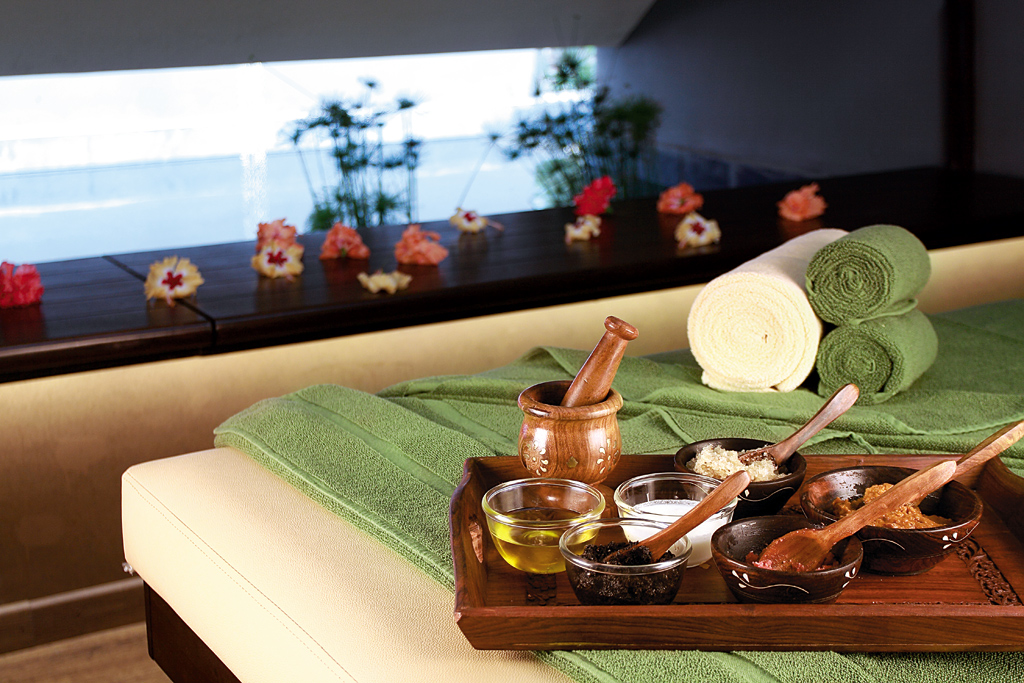
The evening uncoils itself with a relaxing spa session at Manja Spa. The treatments are designed using locally-sourced ingredients (including a coffee scrub) while the techniques adopt Balinese, Swedish and traditional Ayurvedic styles.
There’s lots to do in Coorg—remarkable waterfalls, an elephant training camp, quaint monasteries, and much more that is in close proximity. But even if you like your holidays leisurely curled up inside a blanket with a cup of coffee, birdsongs and a book for company in a picturesque location, this eco-resort is the place to indulge.
The Information
Getting There:
The Kempegowda International Airport is the closest one to Coorg (280km, 5.5hr). Mysuru Junction is the nearest railway station at 95km. KSRTC buses ply from Bengaluru and Mysuru to Coorg. If you’re driving, take State Highway 17 (Bengaluru-Mysuru highway) and turn before Srirangapatna onto State Highway 88 towards Madikeri.
Where To Stay:
The Ibnii, Coorg is at Ibnivalvadi village, 4.5km away from Madikeri town. It has 22 pool villas, called Kopi Luwak after the Asian civet coffee. Each of these comes with an indoor jacuzzi and an outdoor pool. Ten wooden cottages perched on stilts, named Arnetta, overlook a lake—they are open only to couples. Children are not allowed here due to safety concerns. (Tariff starts from ₹16,150 per night in a Kopi Luwak for a minimum stay of three nights; +91-8884990000, ibnii.com).
Where to Eat
Ibnii’s themed dining spaces take a cue from local Kodava culture. Set in a single complex called Pattole Palome (collection of silk strands, and also the title of a cultural tome on Coorg) are Baalelle (a veg restaurant with meals served on banana leaves), Masi Kande (a covered outdoor barbecue & grill, means charcoal), The Fig (multi-cuisine restaurant serving Kodava, south Indian & continental fare) and Bendhoota (a banquet hall named after a traditional post-wedding family feast).
What to See & Do
Besides local bird watching trails, responsible fishing and a bean to-cup coffee tour, the Tibetan monasteries at Bylakuppe near Kushalnagar, the elephant training camp at Dubare and sites like Raja’s Seat, Mercara Fort, Gaddige and Abbey Falls are close at hand.
source: http://www.outlookindia.com / Outlook Traveller / Home> Stay> Story / by Anurag Mallick / August 17th, 2017

